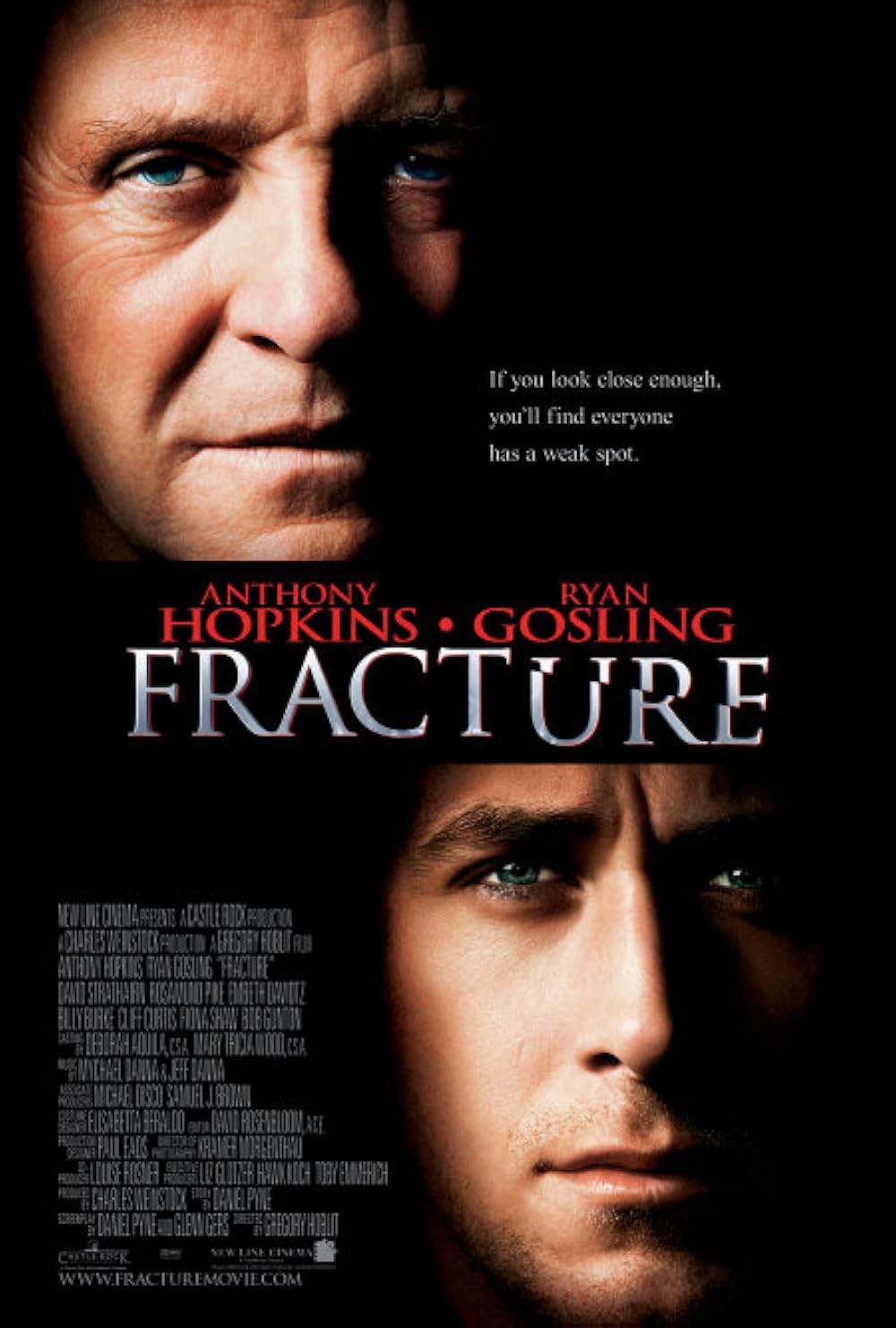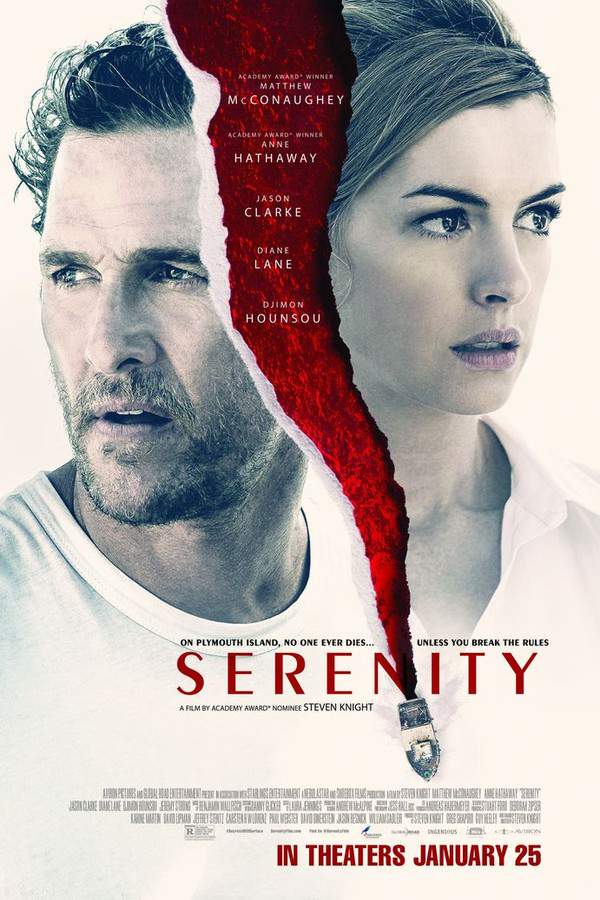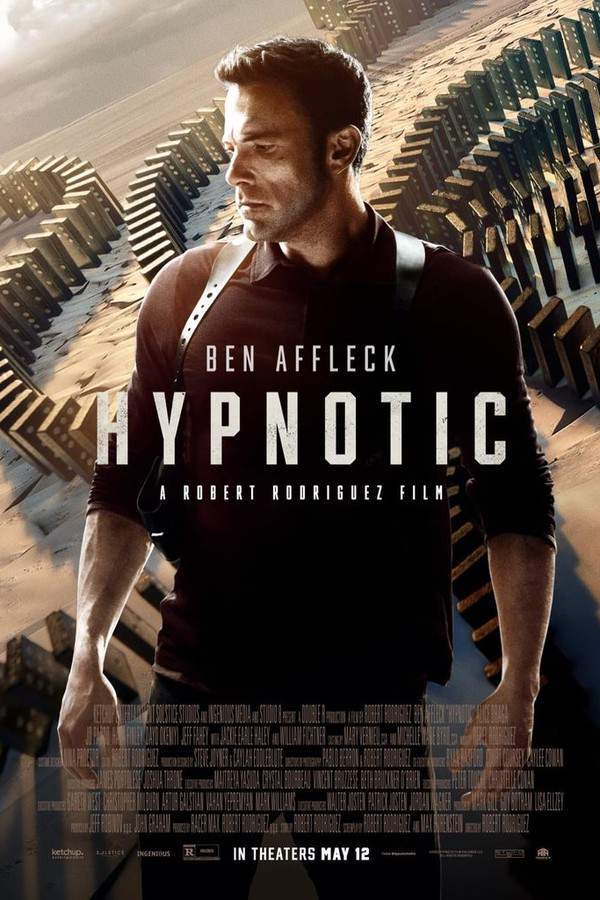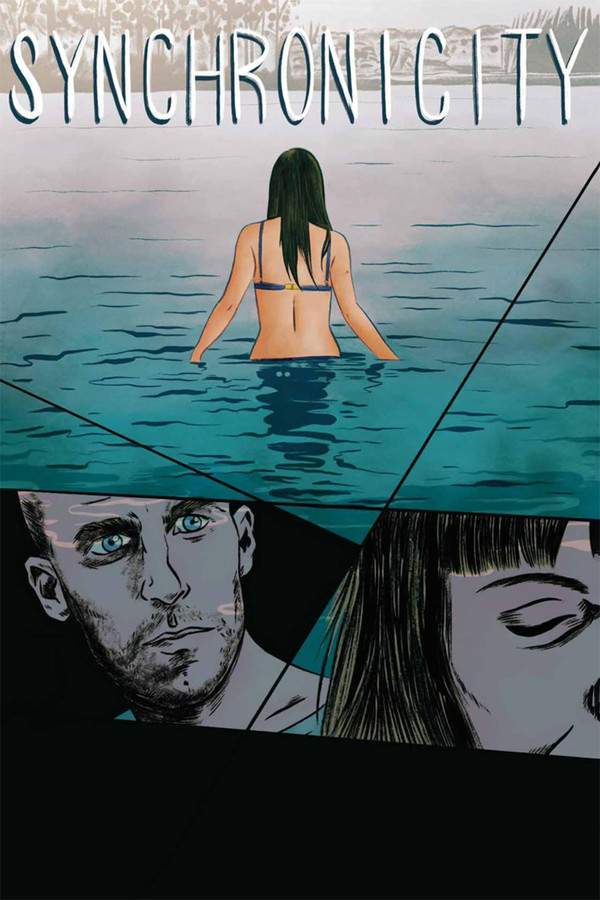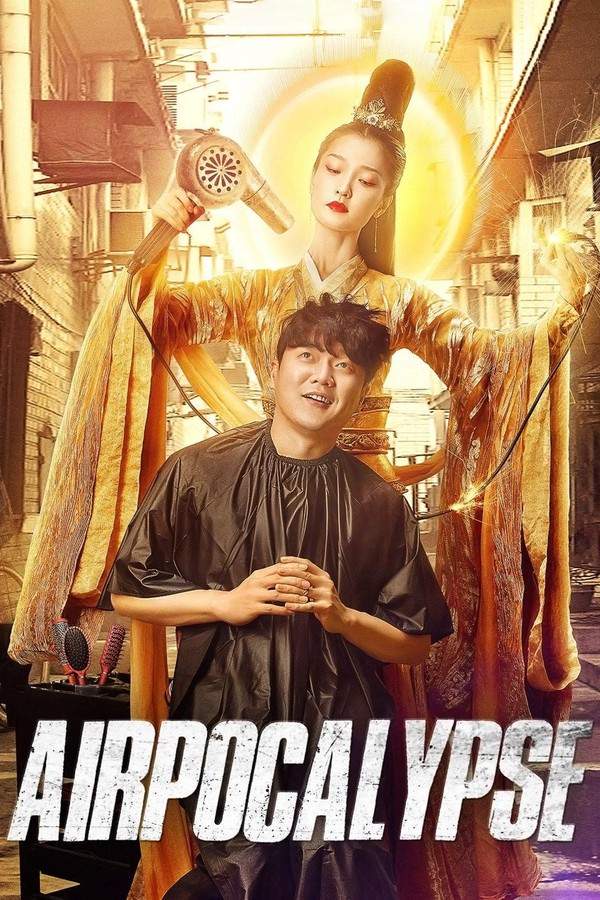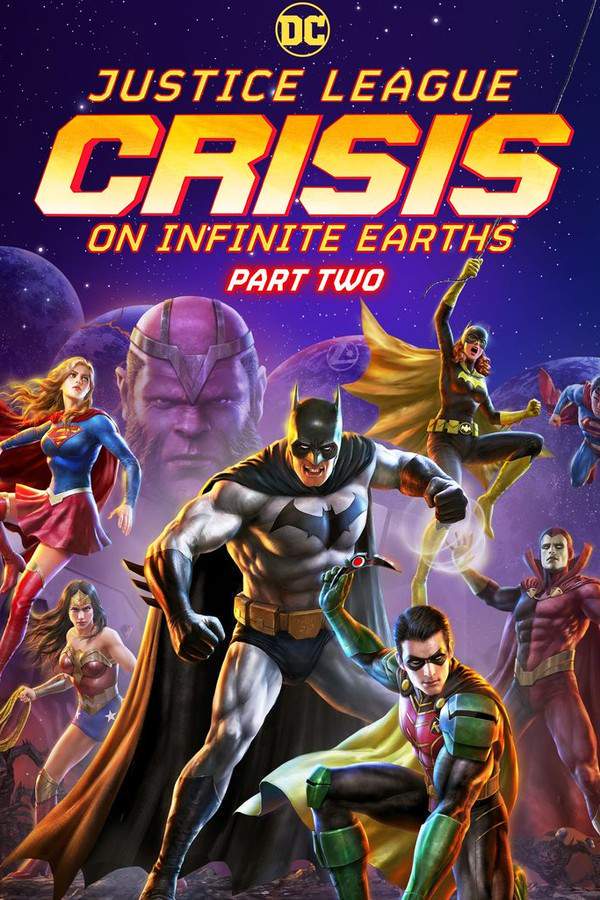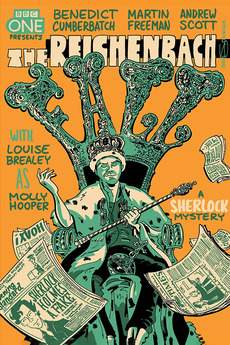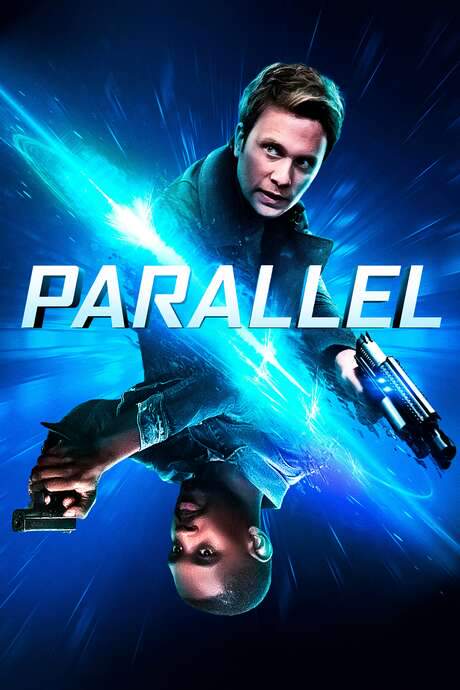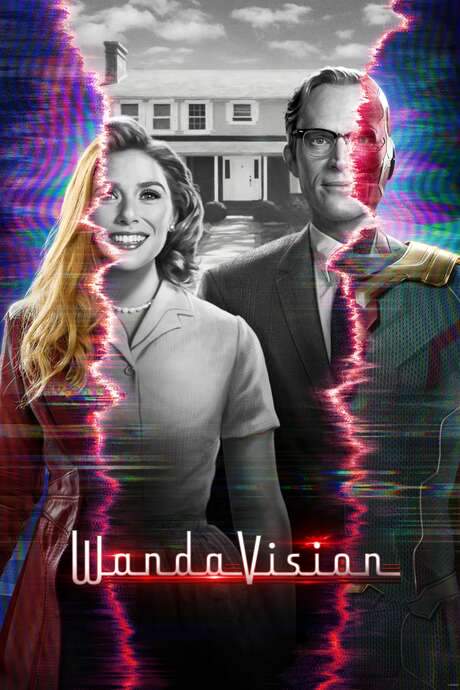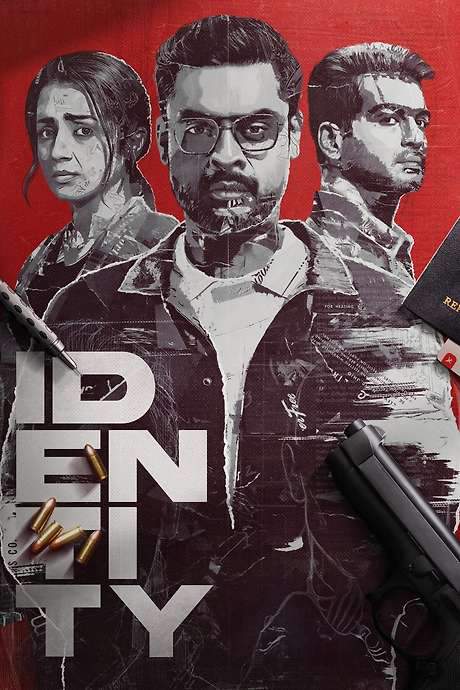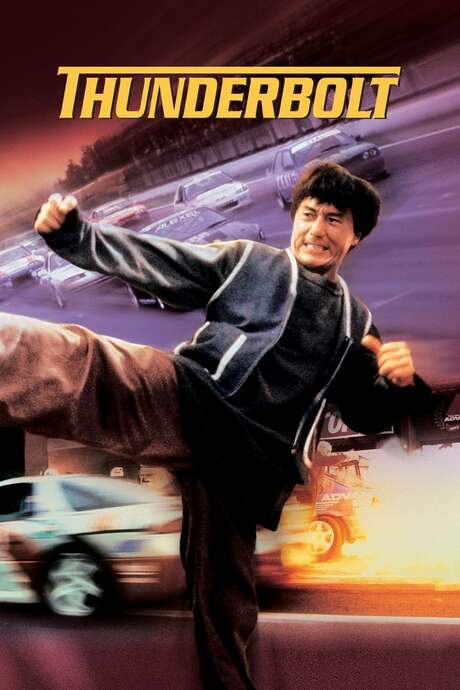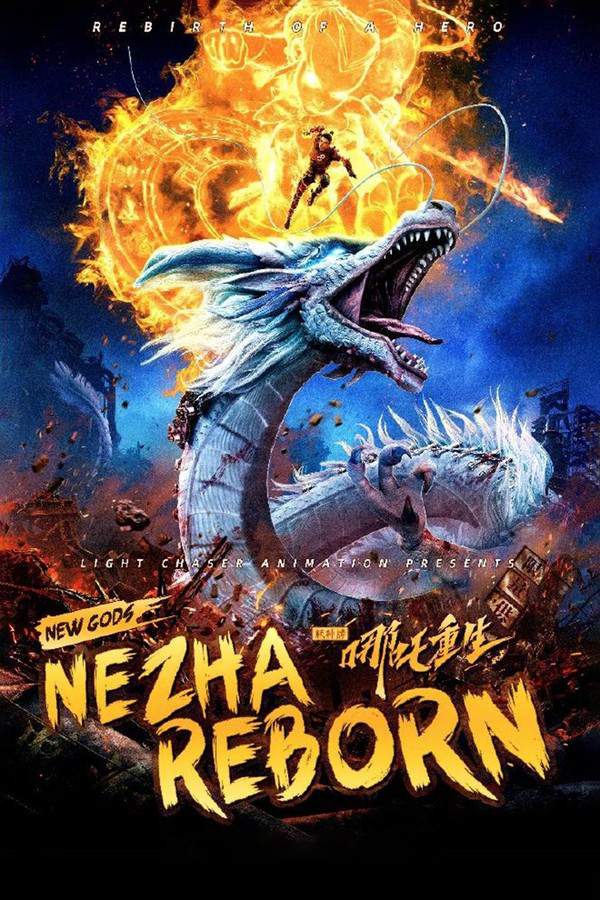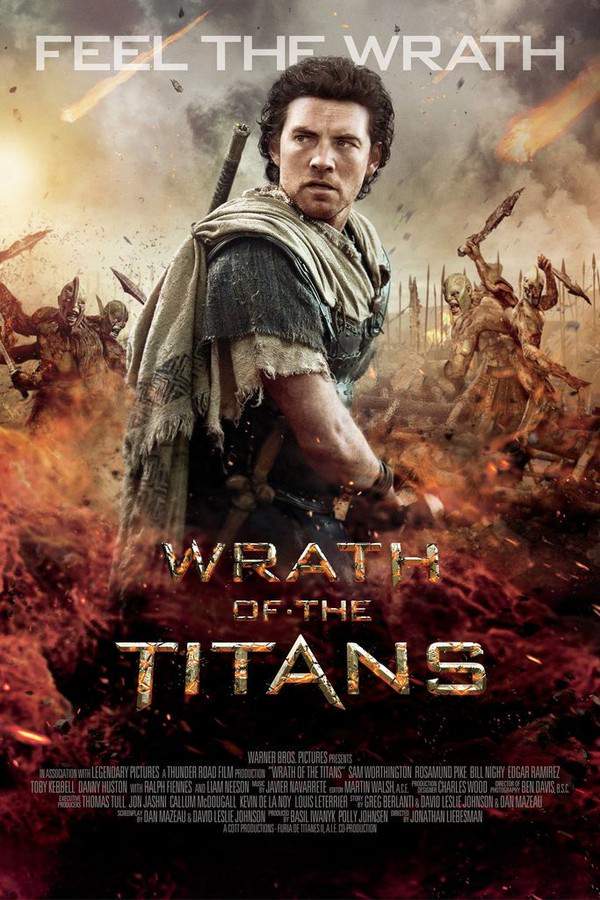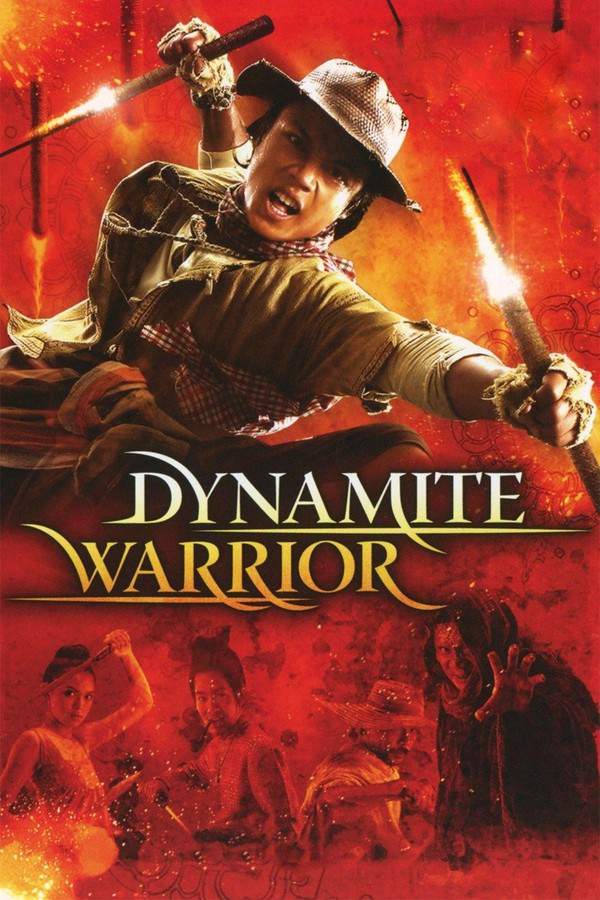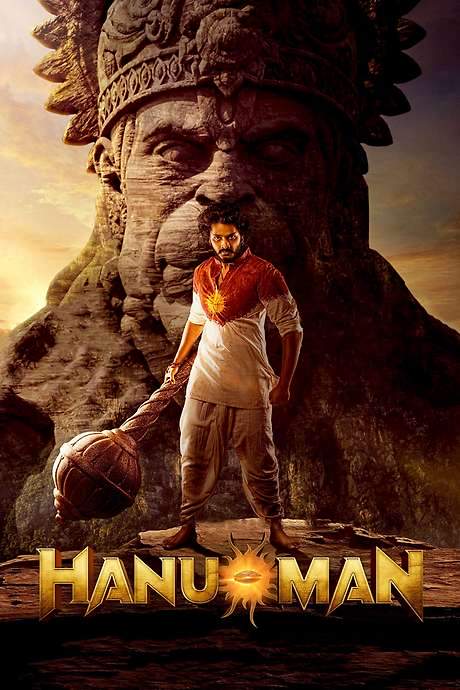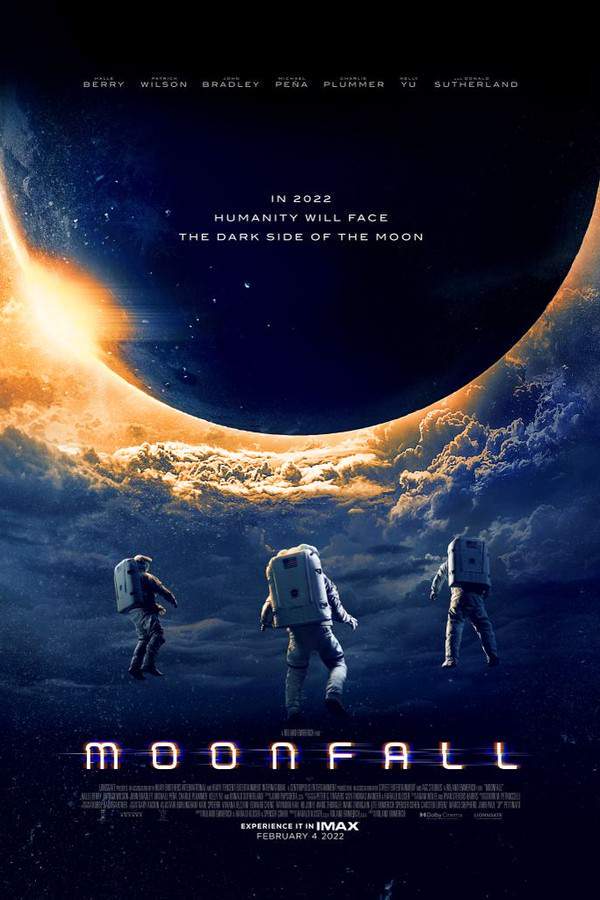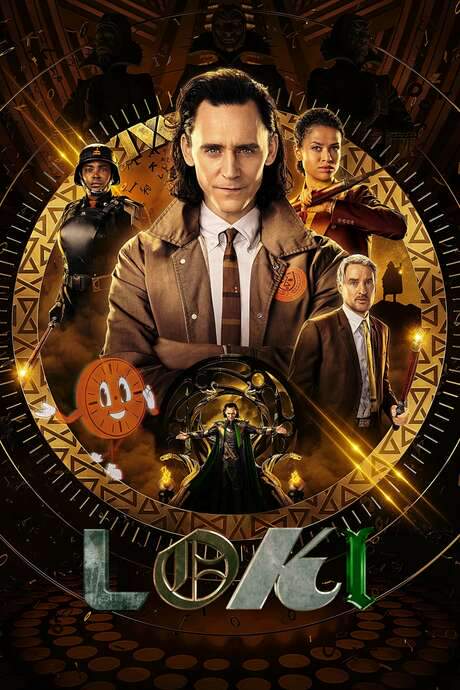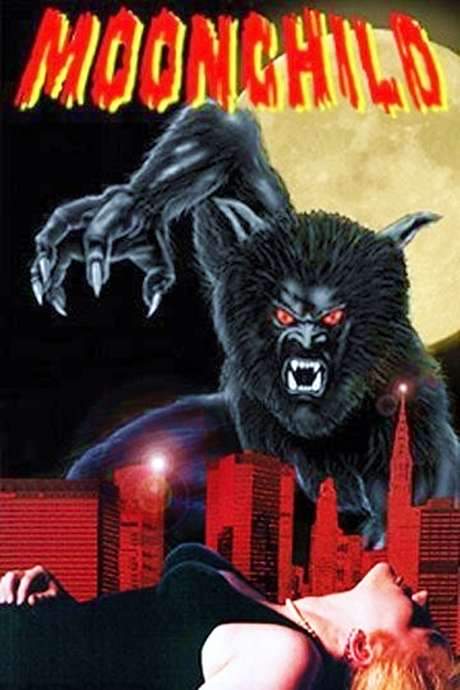
Moon Knight
Year: 1000
Runtime: 282 mins
Language: English
Directors: Mohamed Diab, Justin Benson
Embrace the chaos. When gift‑shop employee Steven Grant suffers blackouts and memories of another life, he learns he has dissociative identity disorder and shares his body with Marc Spector, a moon‑god avatar. As enemies from both sides converge, they must unite their fractured selves while confronting a deadly Egyptian‑god mystery.
Warning: spoilers below!
Haven’t seen Moon Knight yet? This summary contains major spoilers. Bookmark the page, watch the movie, and come back for the full breakdown. If you're ready, scroll on and relive the story!
Moon Knight (1000) – Full Plot Summary & Ending Explained
Read the complete plot breakdown of Moon Knight (1000), including all key story events, major twists, and the ending explained in detail. Discover what really happened—and what it all means.
What’s After the Movie invites viewers into the complex and intriguing world of Moon Knight, exploring themes of identity, ancient Egyptian mythology, and the battle between justice and vengeance. The series begins with a portrayal of Steven Grant, a mild-mannered gift shop employee at the British Museum in London, whose seemingly ordinary life soon unravels into a labyrinth of mystery and supernatural forces. From the very first episode, we see Steven engaged in mundane routines—feeding his unique goldfish Gus, dealing with his sleep disorder, and navigating his job, where he is often late, much to the annoyance of his boss Donna. His life takes a darker turn when he experiences vivid, disorienting blackouts that leave him questioning his reality.
The series opens with a haunting scene involving a mysterious figure performing a ritual involving a smashed glass, slippers, and a cane—an eerie prelude to Steven’s own fluctuating consciousness. As Steven tries to piece together his fragmented memories, it becomes clear that his subconscious is haunted by visions of ancient Egypt, mummification, and a secret world hidden beneath his waking life. His routine is disrupted when he begins to experience episodes where he wakes up in unfamiliar fields or odd locations, hearing a disembodied voice that claims, “The idiot is in control,” suggesting that he is not entirely in charge of his own body.
Throughout his journey, Steven acquires a strange gold scarab and encounters a figure—Arthur Harrow—who leads a town in ritualistic judgment, invoking the Egyptian deity Ammit, the devourer of souls. Arthur is played with unsettling charisma by Ethan Hawke and believes that true justice involves preemptively punishing those he judges to be sinners, regardless of their current actions. His belief echoes through unsettling rituals and the glowing tattoo of a scale on his arm, which depicts the ancient Egyptian practice of weighing a person’s heart against a feather. Harrow’s dark philosophy starkly contrasts with Steven’s more innocent curiosity and desire for a simple life.
Meanwhile, Steven’s alter ego, Marc Spector, emerges as a hardened, vengeful mercenary—connected deeply to Egyptian mythology and seated as Khonshu’s chosen avatar, the Moon God. As Steven’s blackouts grow more frequent and intense, the line between Steven and Marc blurs, revealing a layered psyche shaped by trauma, guilt, and past violence. Through hallucinations and vivid flashbacks, viewers learn about Marc’s traumatic childhood, his struggles with grief over the loss of his brother, and the brutal choices he made as a soldier and mercenary. These memories are intertwined with moments where Marc’s dark pact with Khonshu manifests, transforming him into Moon Knight, a hero driven by justice yet possessed of a violent, relentless nature.
The series also explores Steven’s relationship with Layla El-Faouly, played by May Calamawy, who is revealed to be his wife and a formidable ally in uncovering the truth. Their interactions are charged with emotional tension and mutual concern, especially as Steven grapples with the discovery of his true identity as Marc Spector—a man with a complex past and multiple personalities. As Steven and Marc contend with their conflicting identities, the narrative delves into Egyptian mythology, including the search for Ammit’s tomb and the significance of sacred artifacts like ushabtis, scarabs, and ancient relics.
The show’s storyline intensifies as Steven/Marc and Layla race against time to prevent Arthur Harrow from releasing Ammit, the devourer of souls, from her prison. Harrow’s ritualistic practices and his devotion to Ammit threaten to usher in catastrophe, leading to epic confrontations in Egypt amongst ruins and the massively symbolic pyramid. Here, Khonshu’s influence and the divine courtroom of Egyptian gods come into play, with scenes depicting gods like Hathor and Ammit’s terrifying transformation into her monstrous form.
As the series reaches its climax, the themes of morality and justice are challenged in staggering ways. Marc, Steven, Layla, and Khonshu’s avatars fight to contain the chaos unleashed by Harrow and Ammit’s rising power. The morality of preemptive judgment versus true justice becomes central, especially as Khonshu’s raw, vengeful nature is contrasted with Layla’s resolve and the moral ambiguity of their decisions. A pivotal moment involves the binding and eventual defeat of Ammit, with Layla embracing her role as a hero in her personal armor—resembling her comic book counterpart, Layla El-Faouly — Scarlet Scarab.
The emotional depth peaks with Marc’s confrontation with his past—his guilt over his brother’s death, his abuse, and his own healing process. Visions of childhood traumas and memories of a shiva mourning their mother are recounted through haunting flashbacks, revealing how pain and shame shaped his fractured identity. The narrative also introduces the concept of the Duat, the Egyptian afterlife, where Marc and Steven are judged and weigh their hearts, symbolizing their prepare for the final reckoning.
The finale is a whirlwind of divine battles, internal struggle, and moral questioning. Khonshu’s and Ammit’s divine conflict culminates in a showdown on top of an ancient pyramid, with Layla temporarily donning a heroic guise similar to her alter ego, Scarlet Scarab. The series concludes with a new equilibrium—Khonshu’s influence is diminished, and Marc and Steven negotiate a tentative peace with their identities. The final scenes unveil a shocking revelation via a mid-credits scene—Arthur Harrow at a psychiatric hospital encounters a new personality, Jake Lockley, a darker, more ruthless incarnation of Marc’s psyche, who emerges from the shadows with lethal intent.
Moon Knight is a visually stunning and narratively complex series that explores the delicate balance between justice and vengeance, the power of mythology, and the journey for self-acceptance amidst trauma. It challenges viewers to consider the true meaning of heroism and the depths of the human mind, making it a unique addition to the Marvel universe and a compelling psychological odyssey.
Last Updated: August 19, 2025 at 05:12
Explore Movie Threads
Discover curated groups of movies connected by mood, themes, and story style. Browse collections built around emotion, atmosphere, and narrative focus to easily find films that match what you feel like watching right now.
Superhero Identity Crisis Stories like Moon Knight
Stories where supernatural events force a confrontation with deep-seated psychological trauma.If you liked Moon Knight's exploration of dissociative identity disorder within a superhero mythos, you'll find similar themes here. This collection groups movies where characters grapple with fractured psyches and internal conflicts while facing epic, supernatural threats, blending intense psychological drama with action.
Narrative Summary
The narrative pattern follows a character with a fractured or hidden identity who is thrust into a supernatural conflict. The story unfolds by paralleling the external threat with the internal journey of integrating disparate selves or confronting traumatic memories, often using non-linear storytelling to reveal the truth of the protagonist's past.
Why These Movies?
Movies are grouped here because they share a core focus on the interplay between profound psychological conditions and grand supernatural plots. They deliver a specific vibe: the disorienting tension of an unstable protagonist reality combined with the high stakes of a mythic battle, resulting in an emotionally heavy and complex viewing experience.
Dark Egyptian Mythology Action like Moon Knight
Where ancient godly powers clash with the flawed humans who wield them.Fans of Moon Knight's use of Egyptian gods and morally gray heroes will enjoy these films. Discover movies that weave ancient mythologies into modern settings, featuring protagonists chosen by deities who must navigate complex moral dilemmas and violent conflicts with a bittersweet tone.
Narrative Summary
The plot typically involves a human, often scarred by trauma, being chosen by or forced into servitude of a god from an ancient pantheon. The central conflict revolves around interpreting the god's will, grappling with the violence required, and questioning whether their actions serve true justice or personal vengeance, leading to a resolution that is rarely a clear victory.
Why These Movies?
These films are connected by their unique blend of real-world mythology with dark, psychologically complex thrillers. They share a specific mood: epic in scope yet intimately focused on a tormented hero, tense and violent, with a pervasive sense of mystery and the existential weight of serving forces beyond human understanding.
Unlock the Full Story of Moon Knight
Don't stop at just watching — explore Moon Knight in full detail. From the complete plot summary and scene-by-scene timeline to character breakdowns, thematic analysis, and a deep dive into the ending — every page helps you truly understand what Moon Knight is all about. Plus, discover what's next after the movie.
Moon Knight Timeline
Track the full timeline of Moon Knight with every major event arranged chronologically. Perfect for decoding non-linear storytelling, flashbacks, or parallel narratives with a clear scene-by-scene breakdown.

Characters, Settings & Themes in Moon Knight
Discover the characters, locations, and core themes that shape Moon Knight. Get insights into symbolic elements, setting significance, and deeper narrative meaning — ideal for thematic analysis and movie breakdowns.

Moon Knight Spoiler-Free Summary
Get a quick, spoiler-free overview of Moon Knight that covers the main plot points and key details without revealing any major twists or spoilers. Perfect for those who want to know what to expect before diving in.

More About Moon Knight
Visit What's After the Movie to explore more about Moon Knight: box office results, cast and crew info, production details, post-credit scenes, and external links — all in one place for movie fans and researchers.

Similar Movies to Moon Knight
Discover movies like Moon Knight that share similar genres, themes, and storytelling elements. Whether you’re drawn to the atmosphere, character arcs, or plot structure, these curated recommendations will help you explore more films you’ll love.
Explore More About Movie Moon Knight
Moon Knight (1000) Scene-by-Scene Movie Timeline
Moon Knight (1000) Movie Characters, Themes & Settings
Moon Knight (1000) Spoiler-Free Summary & Key Flow
Movies Like Moon Knight – Similar Titles You’ll Enjoy
Moon (2009) Complete Plot Breakdown
Moonfall (2022) Full Summary & Key Details
Midnight Marathon (2019) Story Summary & Characters
Demon Squad (2019) Full Summary & Key Details
Moon Child (2003) Spoiler-Packed Plot Recap
Doctor Strange (2007) Movie Recap & Themes
Moon Child (1989) Full Movie Breakdown
Moon Rainbow (1983) Spoiler-Packed Plot Recap
Loki (1000) Movie Recap & Themes
Marvel Studios Assembled: The Making of Moon Knight (2022) Ending Explained & Film Insights
Moonchild (1994) Movie Recap & Themes
Full Moon Scimitar (1979) Ending Explained & Film Insights
Hercules Against the Moon Men (1964) Film Overview & Timeline
Moon Zero Two (1969) Full Summary & Key Details
Moonlight Mask (1958) Ending Explained & Film Insights

